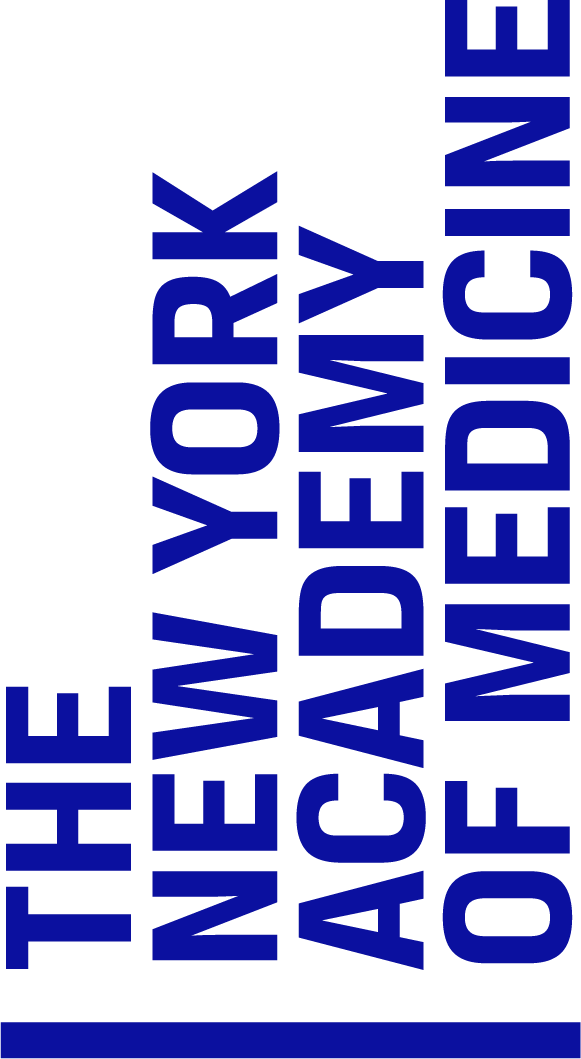Because manuscript cookbooks contain several different kinds of recipes, and because recipes, in the course of giving instructions, reveal all sorts of information about the social, material, technological, and intellectual conditions of the times and places in which they were written, manuscript cookbooks are of interest to researchers of a wide range of disciplines. They are, though, especially interesting to culinary historians, who look to them to reveal a broader, more nuanced story of historical cooking than is told by printed cookbooks. The hope that they will do so rests on the assumption that manuscript cookbooks differ from print cookbooks in fundamental ways—most meaningfully in that manuscript authors comprised a broader, more diverse cohort than the mainstream, privileged readership presumed by print authors, and that manuscript cookbooks therefore reflect cooking styles elided in published cookbooks. But for several reasons, manuscript cookbooks are more like printed cookbooks, and thus less revealing than culinary historians might hope, beginning, first and foremost, with the close relationship between manuscript recipes and printed recipes.
There is a persistent belief that in the early modern world recipes originated in the home and then were subsequently picked up in print cookbooks. In fact, this was true in England only during the Renaissance period. Only about a dozen cookbooks were published in England, from the first, in 1500, to the  end of the English Renaissance. This may have been due, in part, to a lack of demand, but it was also surely due to a thorny practical problem that book printers had to face. Cookbooks being a new idea, a community of writers possessing the specialized skills needed to produce them had yet to develop. Printers solved this problem in the only way they could. They cobbled together their printed cookbooks from manuscript cookbooks compiled by ladies of the peerage and then slapped titles and, in some instances, putative authors on them, all of whom, of course, were men. In most instances, the women who actually wrote these cookbooks were unacknowledged—some of their manuscripts may well have been pilfered from their estates—although two Renaissance cookbook authors, John Partridge and Gervase Markham, did explicitly credit noble ladies as the true originators of their printed books. Thus, while it could be said that manuscript cookbooks did precede print cookbooks during the English Renaissance, it is not a point much worth making. In any event, this situation was soon to change.
end of the English Renaissance. This may have been due, in part, to a lack of demand, but it was also surely due to a thorny practical problem that book printers had to face. Cookbooks being a new idea, a community of writers possessing the specialized skills needed to produce them had yet to develop. Printers solved this problem in the only way they could. They cobbled together their printed cookbooks from manuscript cookbooks compiled by ladies of the peerage and then slapped titles and, in some instances, putative authors on them, all of whom, of course, were men. In most instances, the women who actually wrote these cookbooks were unacknowledged—some of their manuscripts may well have been pilfered from their estates—although two Renaissance cookbook authors, John Partridge and Gervase Markham, did explicitly credit noble ladies as the true originators of their printed books. Thus, while it could be said that manuscript cookbooks did precede print cookbooks during the English Renaissance, it is not a point much worth making. In any event, this situation was soon to change.
Both the number of cookbook titles published and the number of printed cookbooks sold rapidly accelerated in England during the seventeenth century, and so did the number of manuscript cookbooks compiled, at least to judge from the manuscript cookbooks now extant. As the use of printed cookbooks spread within elite English society, inevitably most of the recipes collected in manuscript cookbooks cycled through print at some point. Indeed, quite a few manuscript cookbooks compiled after the mid-seventeenth century contain recipes that are simply copied from print, more in some manuscript cookbooks than in others. English cookbook publishing underwent many changes as it matured, the most important one being the appearance of female cookbook authors, starting with the remarkable Hannah Woolley, active in the 1650s through the early 1670s. In the eighteenth and nineteenth centuries, female cookbook authors, who generally branded themselves “experienced housekeepers” rather than professional cooks (although some were that too), dominated English—and American—cookbook publishing. The relationship between manuscript and print, however, remained the same. Recipes cycled from print into manuscript—and, no doubt, back into print again, repeatedly, until cooking fashions changed, and the old recipes were replaced by new ones.
Just as manuscript and print recipes overlapped, so did the people who compiled manuscript cookbooks and bought printed cookbooks. Historically, sophisticated cooking—that is, the kind of cooking that requires recipes—presented enormous material and technological obstacles. Therefore, those who practiced such cooking were always privileged to varying degrees. Since privileged people were almost always assimilated into the dominant elite culture of their day, manuscript cookbooks and printed cookbooks of any given time outline the same mainstream, privileged cuisine, at least in a broad way, allowing for the fact that manuscript writers inevitably varied somewhat in their attitudes toward food and cooking, and printed cookbooks varied somewhat in the degree of the expense, sophistication, and complication of their recipes. Thus, manuscript cookbooks that reveal a style of cooking outside the mainstream norm are rare, and there is usually an explanation behind these rare exceptions.
